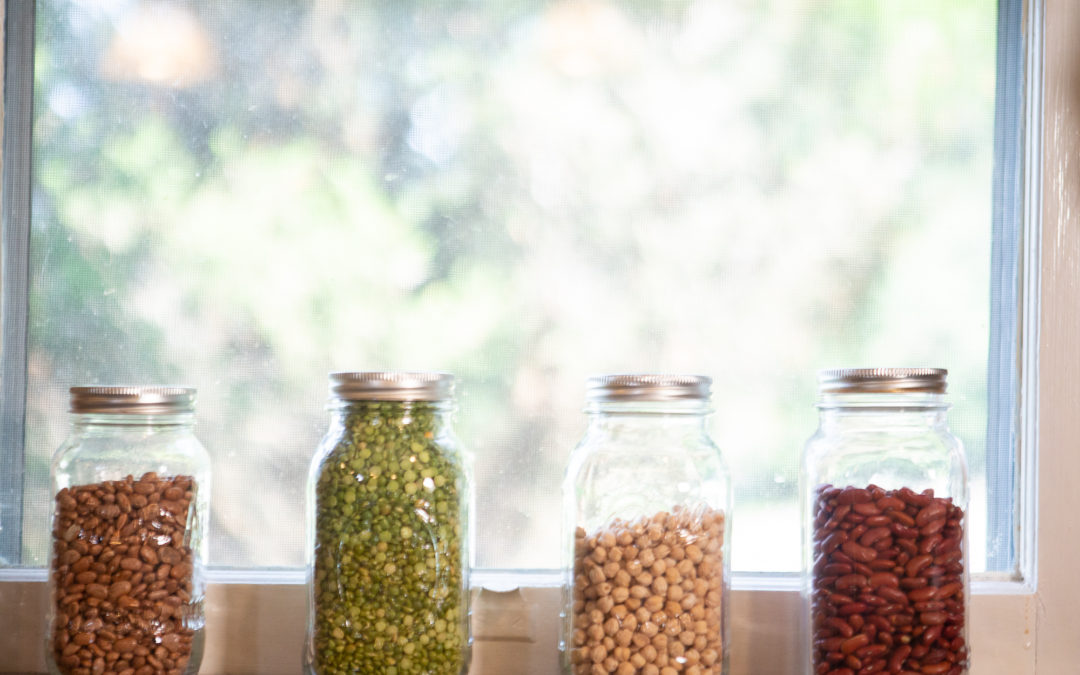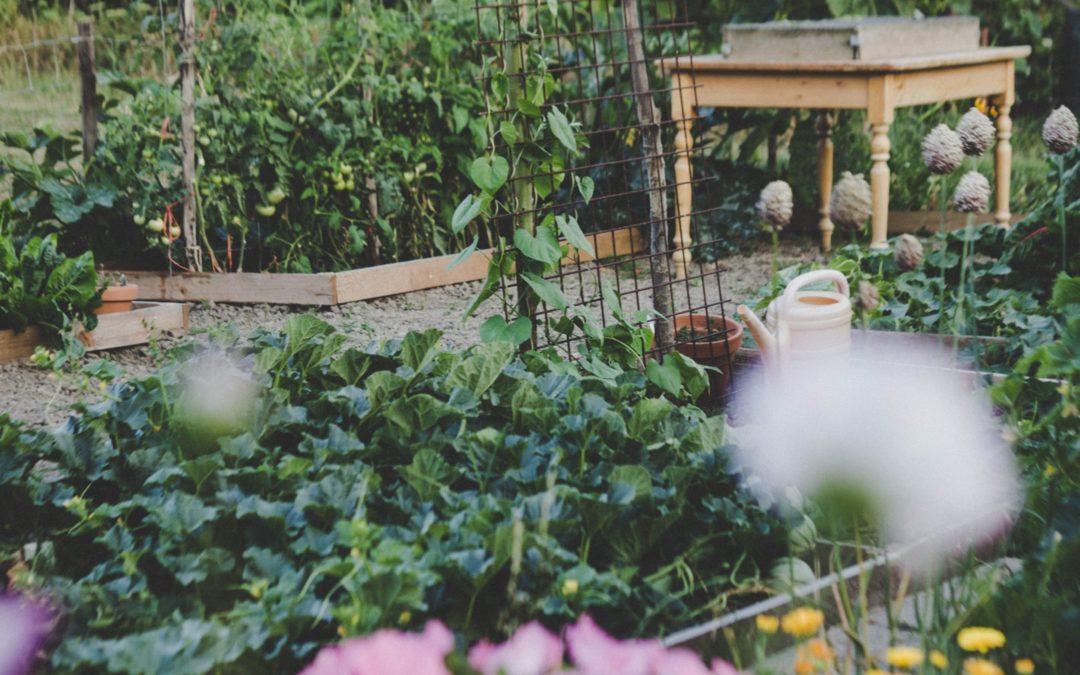SLMS Podcast Episode 4: How to Start Homeschooling with Courtney Nalin

In this episode, I am joined by Courtney Nalin, a homeschooling mom of 2 as well as a certified health coach and licensed paramedic. She is also the host of the podcast, Imperfectly Pollyanna, where she focuses on finding the good in life’s imperfections whether in homeschool, faith, health, or overall life. Having been homeschooling for over seven years, she has experienced struggles, insecurities, worries, as well as navigated several different learning styles and curriculums.
We take a step away from the garden and talk about a completely different topic, homeschooling. This topic has become pretty relevant over the last year as many families investigate how to best educate thier kids. My whole goal of this podcast is to give you options. In my opinion, having options means freedom. No longer do you have to rely only on what the systems offer you. I love finding new ways that I can take care of and provide for my family in different areas of my life. I am looking to homeschooling this in the fall, but just like a lot of people, I don’t know where to start. Join us as we discuss everything you need to know to get started, common misconceptions you need to throw out the window right now, and inspiration for making this an actual reality. Let’s get started.
Episode Show Notes
- Listen to the Imperfectly Pollyanna Podcast with Courtney Nalin. You don’t want to miss it, I really enjoy it.
- HSLDA – Homeschooling Laws by State
- Check out Facebook for homeschooling and Co-op groups in your community.
- Sonlight Curriculum
- My Father’s World Curriculum
- Abeka Homeschool Curriculum
- Cathy Duffy – Homeschool Curriculum reviews
- Funschooling
- Life of Fred

Dreaming of Having a Vegetable Garden this year?
Grab the Your Dream Vegetable Garden Plan for FREE to get you started today! Start growing your groceries this year!

Welcome to Wingin’ it on the Homestead! My name is Stephanie Leaf. I am a wife to a can-fix-anything husband, mother of two boys under 3, future expert gardener, lover of anything old and dusty, and inspiring homesteader. My family and I are new to this journey and loving every minute of it. Please join me in embracing a simpler life!


